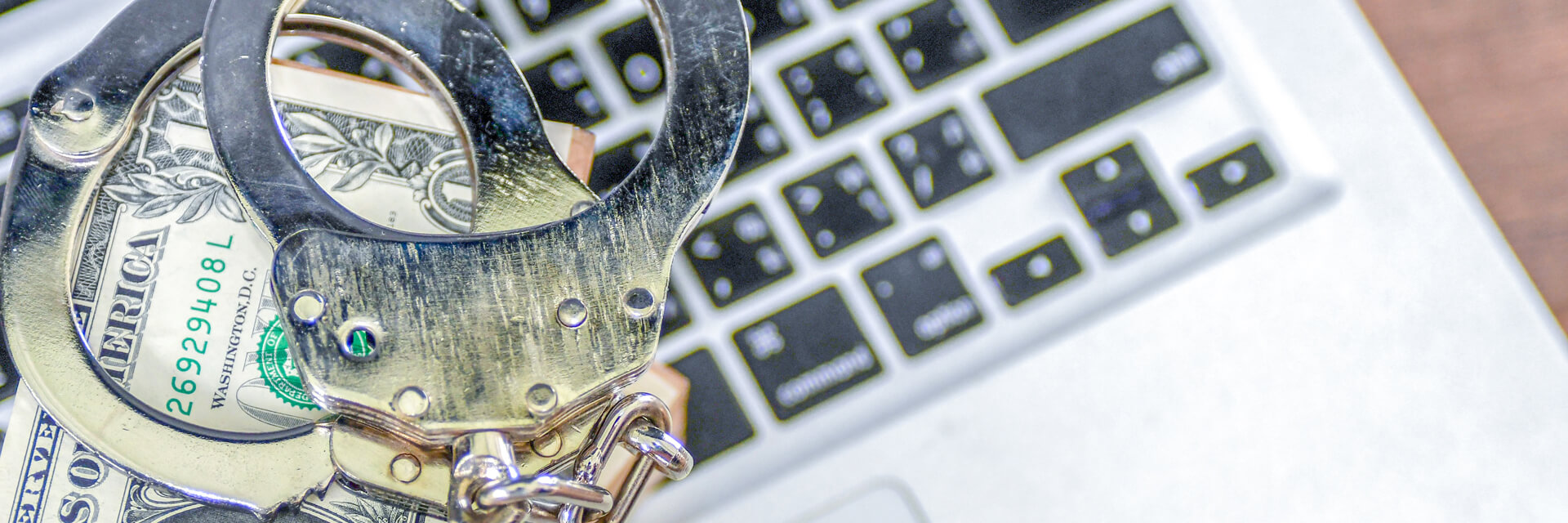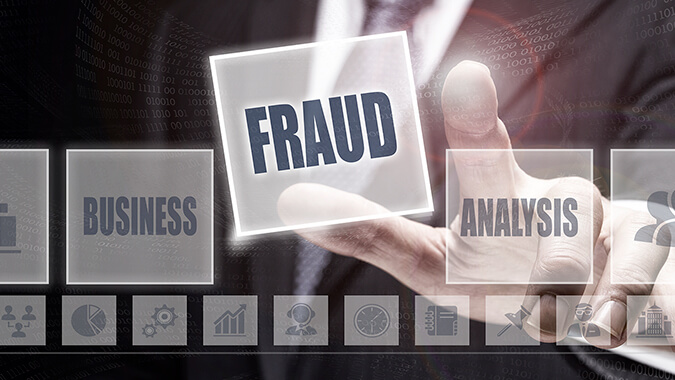
NFTs and Money Laundering
- Published
- Aug 26, 2021
- Share
Over the past year, we have continued to witness an explosion of interest—and prices—in non-fungible tokens (“NFTs”). Although the intricacies of NFTs can be somewhat complex, they are essentially a form of digital artwork that can be bought and sold under a cloak of anonymity provided by blockchain technology. That anonymity, especially when paired with a relatively new technology, fosters an environment ripe for money laundering. The Association of Certified Fraud Examiners (“ACFE”) defines money laundering as “disguising the existence, nature, source, control, beneficial ownership, location, and disposition of property derived from criminal activity.”
Because of their artistic nature, NFTs have a very subjective value. Essentially, the price of an NFT is determined by however much somebody is willing to pay for it and, unlike traditional artwork where an artist might spend weeks on a single piece, multiple NFTs can be created in minutes. For example, take a look at the image below. You are not encountering an issue with the image loading on your computer; what you are seeing is a plain gray box. This is an NFT known as The Pixel, produced by an artist who goes by the name Pax and sold for roughly $1.3 million dollars at a Sotheby’s auction in April 2021.

Someone looking to “clean” dirty money could theoretically generate an anonymous NFT; list it for sale on the blockchain; purchase it from himself/herself from an anonymous, unregulated digital wallet with illicit funds; and then recognize the money as legitimate funds from the sale of the artwork.
It is worth noting that NFTs are bought and sold using cryptocurrencies, which add another layer of complexity to tracing these transactions. The ACFE’s 2021 Fraud Examiners Manual says: “As cryptocurrencies have become more widely adopted and used, they have been involved with a wide variety of fraud schemes, but perhaps none more so than money laundering. Converting illicit fiat currency proceeds into cryptocurrencies and then transferring cryptocurrencies through a complicated series of transactions across numerous wallets make tracing the illicit funds’ path tedious and difficult for fraud examiners or law enforcement.”
Although there has been little NFT regulation to date, the National Defense Authorization Act was enacted by Congress and included the Anti-Money Laundering Act of 2020 (“AMLA”). According to one of the AMLA’s provisions, the U.S. Treasury Department must “study the potential expansion of requirements to persons engaged in the art trade,” which could encompass NFTs. Additionally, the Financial Action Task Force, a money laundering and terrorist financing watchdog group, has issued new guidance on what it calls “virtual assets” and the associated risks.
As blockchain technology continues to reinvent the way transactions occur, it is important to remain vigilant and informed as these emerging technologies can be exploited before they are fully understood and regulated.
Sources:
Contact EisnerAmper
If you have any questions, we'd like to hear from you.
Receive the latest business insights, analysis, and perspectives from EisnerAmper professionals.











